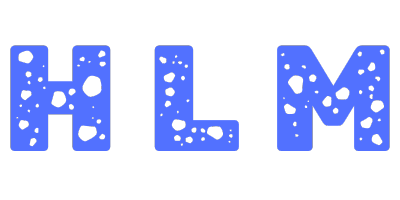AP Psychology: Biological Bases of Behavior
🧠 1.1 Interaction of Heredity and Environment
+🔑 Key Concepts:
- Nature vs. Nurture Debate: Are we shaped more by genes (nature) or environment (nurture)?
- Behavior Genetics: Studies how genes and environment influence behavior.
- Twin Studies:
- Identical (monozygotic) twins share 100% genes.
- Fraternal (dizygotic) twins share ~50%.
- Heritability: Measures how much variation in a trait is due to genes.
✅ Example:
If intelligence has a heritability of 70%, 70% of the variation within a population (not one person!) is due to genetic differences.
🧠 1.2 Overview of the Nervous System
+🔑 Key Concepts:
- Central Nervous System (CNS): Brain + spinal cord.
- Peripheral Nervous System (PNS):
- Somatic: Voluntary control (e.g., moving muscles).
- Autonomic: Involuntary functions (heartbeat, digestion).
- Sympathetic: "Fight or flight"
- Parasympathetic: "Rest and digest"
🧠 Metaphor:
CNS = Command Center PNS = Delivery Routes
⚡ 1.3 The Neuron and Neural Firing
+🧬 Structure of a Neuron:
- Dendrites – receive messages
- Cell body (soma) – keeps cell alive
- Axon – sends messages
- Myelin sheath – speeds up transmission
- Axon terminal – releases neurotransmitters
🔥 Neural Firing:
- Resting potential: Neuron is ready (-70mV).
- Action potential: "All-or-nothing" electrical signal down the axon.
- Refractory period: Time needed to reset.
- Synapse: Gap between neurons; where neurotransmitters are released.
🧪 Important Neurotransmitters:
- Dopamine: Movement, reward → low = Parkinson's
- Serotonin: Mood → low = Depression
- Acetylcholine (ACh): Memory & muscle → low = Alzheimer's
- GABA: Inhibitory → low = seizures
- Endorphins: Pain relief
🧠 1.4 The Brain
+🧠 Brain Structures:
Brainstem (basic survival):
- Medulla – heartbeat & breathing
- Pons – sleep & coordination
- Reticular Formation – arousal
- Cerebellum – balance & movement
Limbic System (emotion & memory):
- Amygdala – fear/aggression
- Hippocampus – memory
- Hypothalamus – hunger, thirst, temperature, sexual behavior
Cerebral Cortex (higher thinking):
- Frontal lobe – decision making, speaking, motor cortex
- Parietal lobe – touch, spatial reasoning
- Occipital lobe – vision
- Temporal lobe – hearing
🧠 Split Brain:
- Corpus callosum connects left & right hemispheres.
- Left brain: language & logic.
- Right brain: creativity & spatial skills.
😴 1.5 Sleep
+💤 Sleep Stages:
- Stage 1: Light sleep (theta waves)
- Stage 2: Sleep spindles
- Stage 3 & 4: Deep sleep (delta waves)
- REM Sleep: Dreams, brain active, body paralyzed
Why Sleep?
Restores body & brain, consolidates memory, releases growth hormone.
🧠 Sleep Disorders:
- Insomnia: Trouble falling asleep
- Narcolepsy: Sudden REM sleep
- Sleep apnea: Breathing stops
- Night terrors: During Stage 4, not REM
👁️ 1.6 Sensation
+🧠 Sensation vs. Perception:
- Sensation = detecting stimulus
- Perception = interpreting stimulus
🔑 Principles:
- Transduction: Converting sensory info into neural signals.
- Thresholds:
- Absolute threshold: Smallest detectable stimulus.
- Difference threshold (JND): Smallest detectable difference.
Vision:
- Rods: Light/dark (night vision)
- Cones: Color (daytime vision)
- Path: Retina → Optic Nerve → Thalamus → Occipital Lobe
Hearing:
- Cochlea: Transduces sound
- Path: Ear → Auditory nerve → Temporal lobe
Content adapted from HeLovestMath: AP Psychology
